5 Positive Impacts From Tourism Industry
1/ Tourism is a key role contributing the government revenue
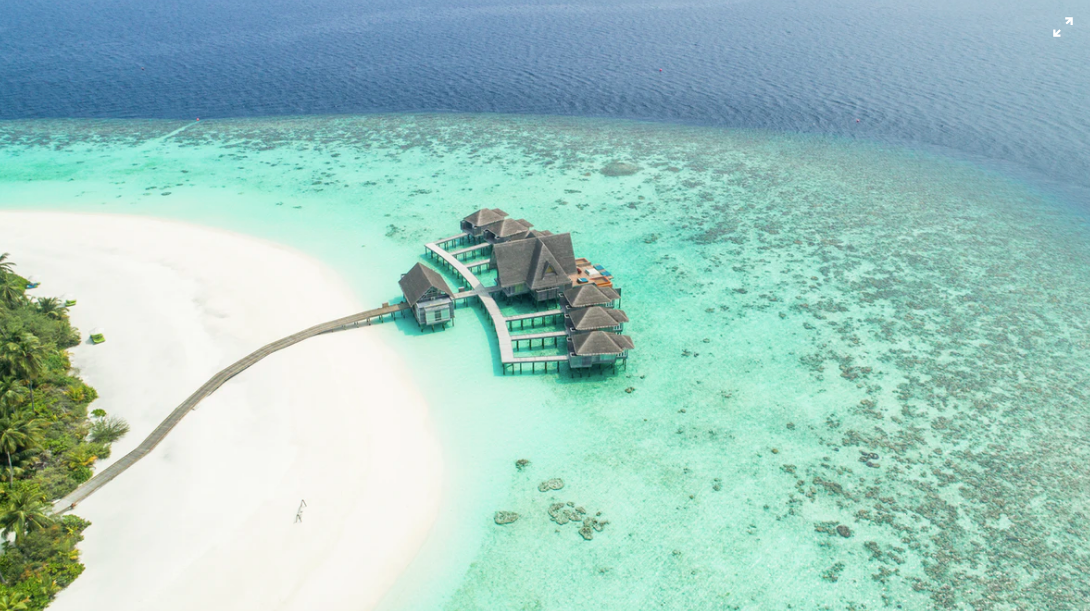
In 2018, Maldives tourism contributed more than one-third of the government revenue, which was 7.1 billion MVR (Maldivian Rufiyaa) or 461 million US dollars. Moreover, 85% of the total tourism revenue was generated from resorts, while other forms of accommodation generated approximately 1%. The tourism revenue is mostly generated from Goods and Service Tax from the Tourism Sector (T-GST), Green Tax, Tourism Land Rent and Lease Period Extension Fee. Tourism Land Rent is based on the US$ 8 charged per square meter of land from tourist resorts. T-GST charged at the rate of 12% from all tourist facilities. Green Tax which was introduced on 1 November 2015, is payable at the rate of US$ 6 per day of stay from tourist resorts, hotels and vessels and US$ 3 per day of stay from tourist guesthouses.
References
Ministry of Tourism (2019). Tourism Yearbook 2019. Retrieved from https://www.tourism.gov.mv/statistics/publications/year-2019
2/ Create more job opportunities
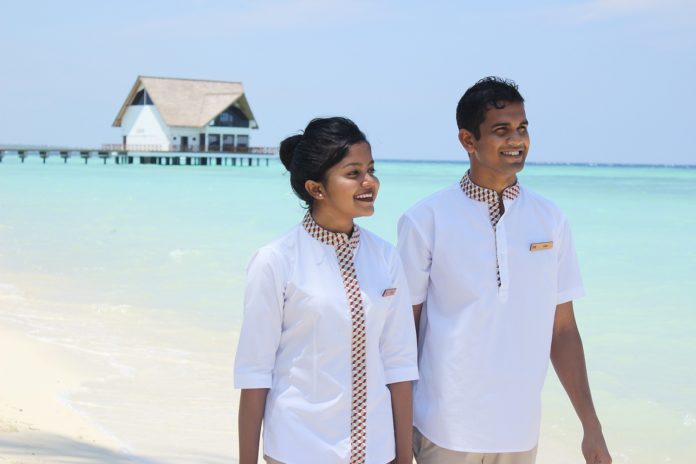
According to the World Economic Forum (2020), Maldives was ranked at 7th country in the world that relies on tourism industry for jobs. In 2019, travel and tourism created 59.6% employment in Maldives. Majority of them are working in resorts. Moreover, in a report published by the National Bureau of Statistics (2019), a total of 44,954 employees were working in tourist resorts, and local workforce accounted for 47% of these employees. Overall, tourism industry play an important role to create more career choices and educational paths for the Maldivian who traditionally relied mostly on fisheries.
References
World Economic Forum (2020, August 27). These are the 10 places that rely most on tourism for jobs. Retrieved from https://www.weforum.org/agenda/2020/08/destinations-rely-most-on-tourism-travel/
Corporate Maldives (2020, October 25). An in-depth look into tourism sector employment : How will it fare compared to last year?. Retrieved from https://corporatemaldives.com/an-in-depth-look-into-tourism-sector-employment-how-will-it-fare-compared-to-last-year/
3/ Resort contributions to research and conservation projects
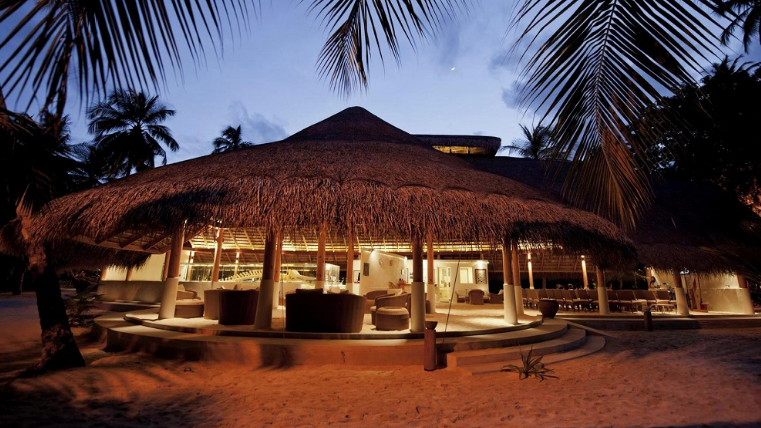
Some resorts are giving back to the islands through research and conservation projects. An example of this is the sustainability work that has been taking place on Kuramathi Island Resort. On their resort property, they set up an Eco Centre which is designed to study about the sustainability projects, as well as to organize awareness programs for guests, team members and sometimes for the community. They also have a hydroponic garden which produces around 3.5 tons of salad per year. Moreover, they implemented a solar energy system as well as invested in sewerage treatment plants, incinerators and compost making facilities. They also have a world-class bottling plant, that purifies and creates drinking water in glass bottles, which are offered across the island resort. It results in a huge reduction on our use of plastic on the island.
References
Sustaibility Leaders Projects (n.d.). Asma Rasheed on Sustainability at Kuramathi Island Resort, Maldives. Retrieved from https://sustainability-leaders.com/interview-asma-rasheed-kuramathi-island-maldives/
4/ Provide opportunities for local tourism entrepreneurs
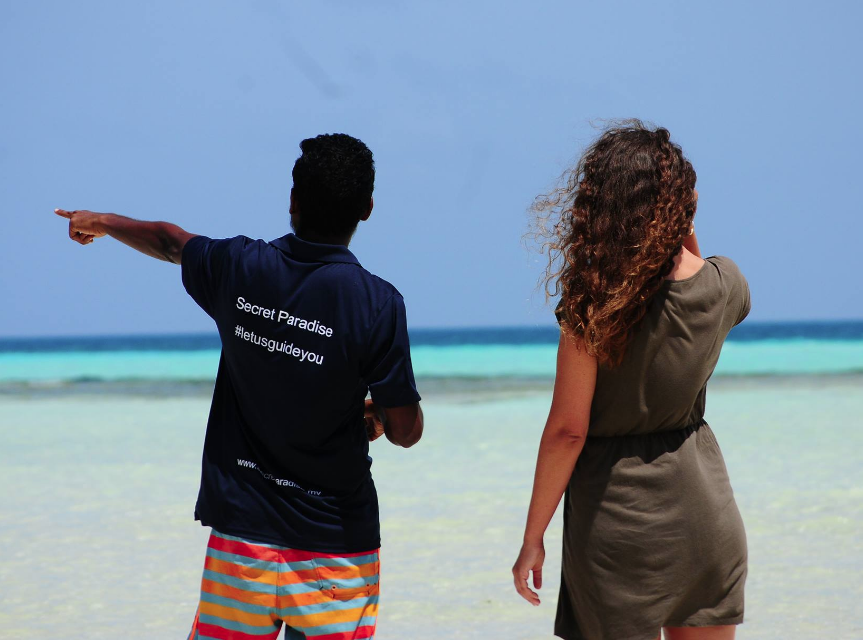
The government launched the Guesthouse Island Project and offered lower interest rates for local island development in order to encourage the Maldivian to start their own tourism businesses, as well as to enhance tourist experiences outside of luxury resorts. One of the successful examples is the Secret Paradise Maldives tourism agency, which organizes Maldives guesthouse experiences with a focus on cultural and food aspects, as well as environmental sustainability. Visitors are able to learn about corals, marine-life, sea grass, mangroves and what happens to your plastic, through presentations and experiences provided by the local guides. Besides, Secret Paradise also offers visiting to schools, experiencing local transports, eating at a local family’s home, and visiting mosques. This project aims to offer visitors opportunities to experience the country’s rich culture – not just its beaches and aquatic life.
References
Gaia discovery (2019, February 4). Culture vs Tourism: The Maldives Lessons. Retrieved from https://www.gaiadiscovery.com/latest-places/maldives-cultural-balance
Secret Paradise (n.d.). Maldives tours and holidays. Retrieved from https://secretparadise.mv/
5/ Locals benefit from tourism infrastructure development
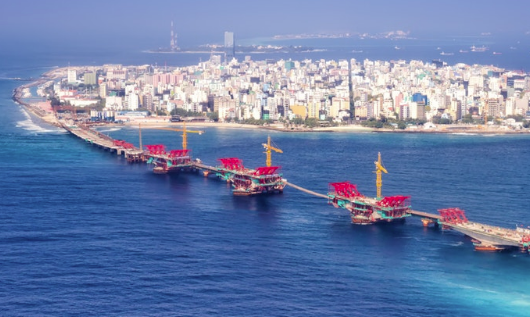
In order to boost the travel industry, Maldives cooperated with China to build the first sea-cross bridge in Maldives, which is connecting Male, the capital, and Hulhulmale, the international airport island. This bridge allows local residents related or non-related to tourism industry, as well as tourists to travel conveniently between 2 islands within 5 minutes, instead of using limited ferries or expensive speedboats. Before the bridge is built, most of tourists will go to the resorts island directly by speedboats or seaplanes from the airport. Now, tourists have one more choice of visiting the capital city while they are waiting for their flight or boats, which created a growing opportunities for tourism businesses in Male. Besides this bridge, other infrastructure development projects are launching and expecting to bring benefits both to the locals and the tourists.
References
Borgen Project (n.d.). Infrastructure in the Maldives: Connecting locals and the world. Retrieved from https://borgenproject.org/infrastructure-in-the-maldives-connecting/
Mia (2019, March 14). Top attraction in Male: The Sinamale Bridge. The Maldives Expert. Retrieved from https://www.themaldivesexpert.com/4588/top-attractions-in-male-the-sinamale-bridge-china-maldives-friendship-bridge/
5 Negative Impacts From Tourism Industry
1/ Tourism leakage
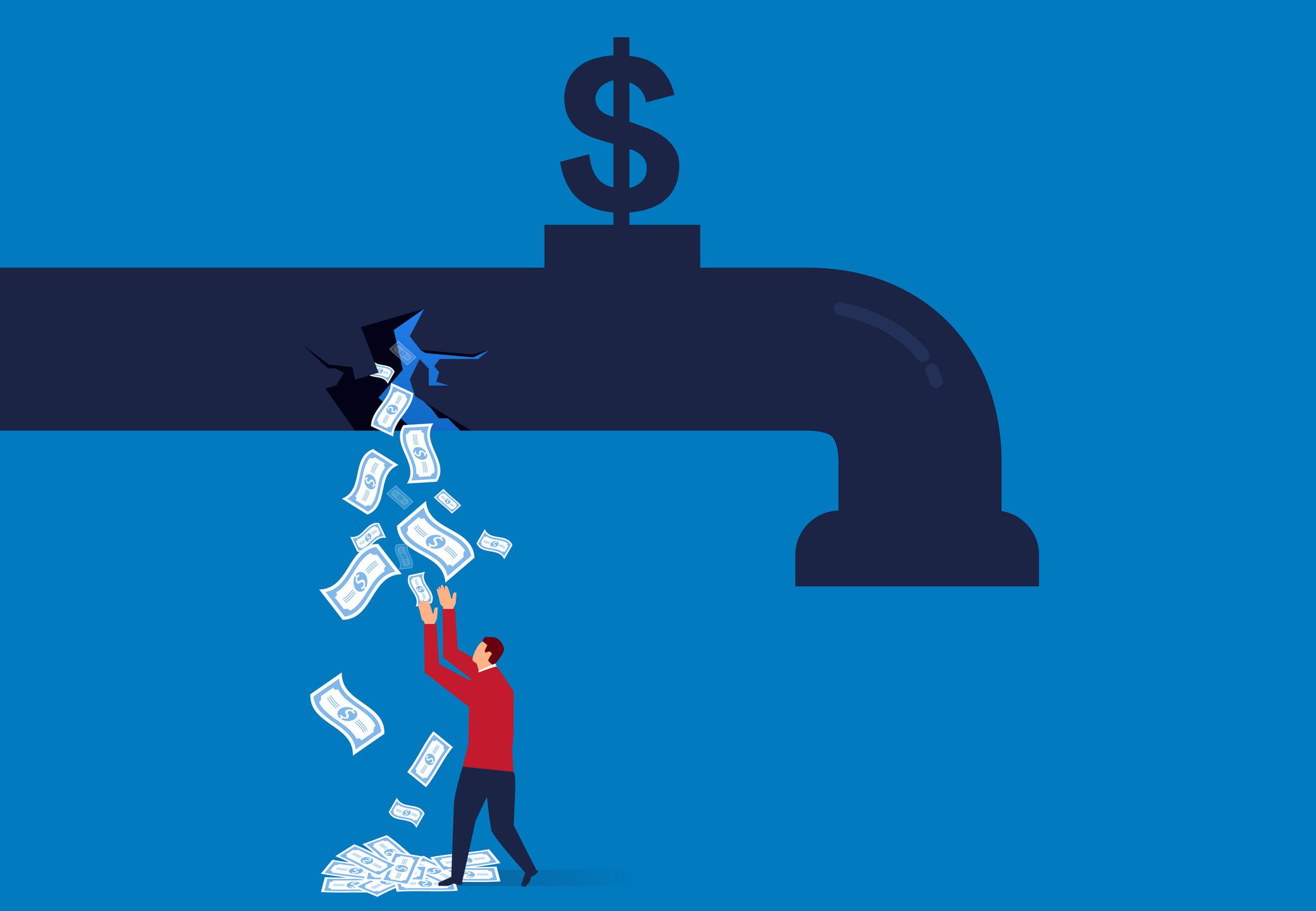
Although one of the main industry in Maldives is tourism, the local does not always benefit from tourism income. In an article on Post Magazine, Pile (2016) raised a concern that poor nations are often less able to profit from tourism than rich ones. This issue is resulted from leakage, which is the process that revenue flows out of the host country to pay for imported products and services. In tourism sector, economy leakage usually links to all-inclusive resorts. For example, when a guest travel to Maldives, he or she may arrive aboard a Cathay Pacific flight, stay at a Swiss-owned resort, enjoy food from Sri Lanka and Australian wine. Most of these spending is going back to foreigner owners, and just a small percentage of that is going to the locals’ pockets, as the salaries in the hospitality trade tend to be low, and work is often seasonal. The Responsible Travel site also estimated that 80 percent of the money made through tourism leaves the Maldives and although several resorts do employ local people, it is not enough to support local communities.
References
Pile, T. (2016, July 28). The good, bad and ugly sides of Maldives. Post Magazine. Retrieved from https://www.scmp.com/magazines/post-magazine/travel/article/1995037/good-bad-and-ugly-sides-maldives
Responsible Travel (n.d.). Keep things local on the Maldives. Retrieved from https://www.responsibletravel.com/holidays/maldives/travel-guide/keeping-things-local-on-the-maldives
2/Conflicts in cultural practices
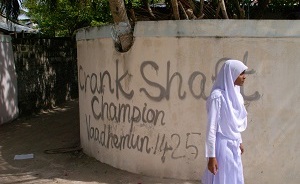
One of the reasons for the Maldives having secluded island resorts is because, as a large portion of the Maldivian population is Muslim, the practices of non-Muslim tourists can be offensive. For instance, tourists’ demands and behaviours, such as consumption of alcohol and pork products, revealing attire, are considered to be contrast to the Maldivian Islamic religious beliefs, as the population is almost 100% Muslim by faith. However, with the tourism expansion in local islands, more incidents occurs when some tourists do not respect and follow the Maldivian cultural and religious norms during their visits at residential islands. The Guardian recently posted a case that a British tourist was arrested on Maafushi island as she was walking on a main road with “inappropriately” dressed and she was detained after refusing to comply with requests to cover up. The events like this create negative images and deepen the cultural gaps between non-Islam tourists and locals.
References
Gaia discovery (2019, February 4). Culture vs Tourism: The Maldives Lessons. Retrieved from https://www.gaiadiscovery.com/latest-places/maldives-cultural-balance
The Guardian (2020, February 11). Maldives apologises to British tourist arrested for wearing a bikini. Retrieved from https://www.theguardian.com/world/2020/feb/11/maldives-apologises-to-british-tourist-arrested-for-wearing-a-bikini
3/ Pressures from resort constructions
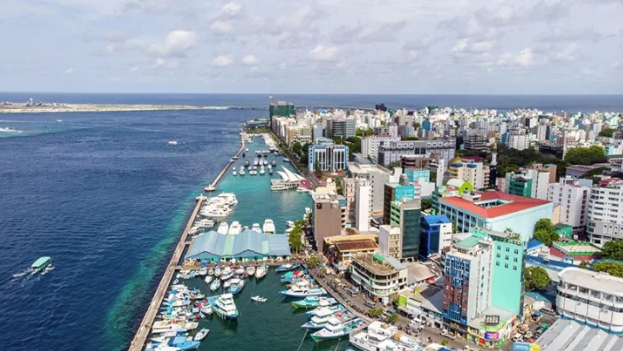
Just 1% of Maldives is land and 99% is the Indian ocean where is home of many marine life and coral reefs. However, according to an article of Varanasi (2020), the large-scale land reclamation projects, when machines suck up sand from the bottom of a lagoon to expand the size of an existing island, have become increasingly common. As of 2020, the country already has 144 resorts in a various part of the archipelago and is planning to construct 132 more tourism projects on both uninhabited and artificial islands. Many biologists and environmentalists have raised their concerns that these manmade construction expansion could eventually choke the archipelago’s coral reefs. A coastal and marine ecosystems expert, Gabriel Grimsditch, stated that “This will lead to an increased amount of sediments and nutrients in the ocean. Such a high number of resorts will put an immense amount of pressure on the coral reefs and irreversibly damage them.”
References
Varanasi, A. (2020, August 31). How corruption, tourism, environmental sustainability play out in paradise. Devex. Retrieved from https://www.devex.com/news/how-corruption-tourism-environmental-sustainability-play-out-in-paradise-97678
4/ Unfair migrant labor uses in tourism sectors
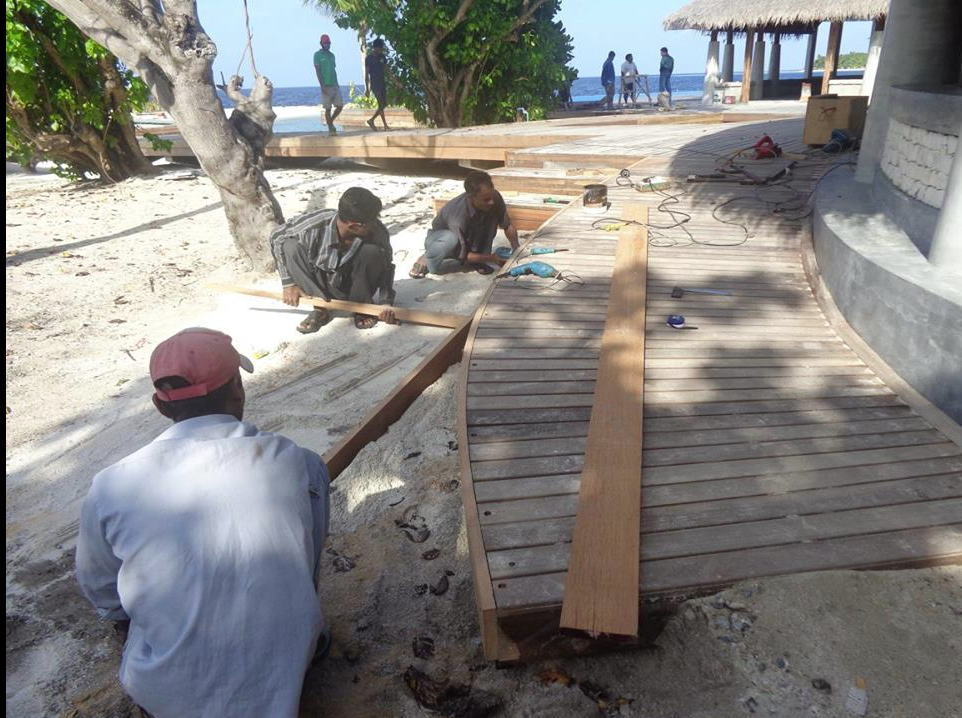
According to an article about foreign labors by Moorthy (2020), Maldives, with a 400,000 population, depends on its South Asian neighbors like Indian and Ski-Lanka for manning not only its tourism industry but also the related construction sector and various white-collar service-sectors. The unequal in labor uses are caused from the practice of Maldivian employers. Most of employers are using the services of unscrupulous agents in the host nations to hire labour or white-collar employees, as well as promising much higher salaries and wages than they actually get. These labors are made to travel to Male on tourist visas, and their passports are ‘confiscated’ on arrival by the employer. They are forced to over-stay the visa-period by months and at times year. Many times, the employers threatened to hand over the over-staying ‘illegal immigrants’ to nation’s notorious police and prison systems, which are willing collaborators in what then became ‘human-trafficking’ in international parlance. This issue is a hidden side behind the gorgeous beaches and luxury resorts.
References
Moorthy (2020, July 22). Maldives: Tourism sector reopens, expats issue back in focus. Observer research foundation. Retrieved from https://www.orfonline.org/research/maldives-tourism-sector-reopens-expats-issue-back-in-focus/
5/ Mangrove forests destruction
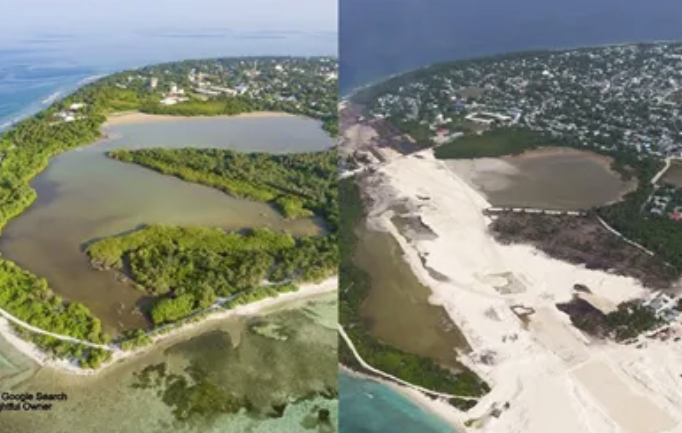
The Maldives are one the most vulnerable countries on earth to climate change, with the projected global sea-level rise potentially inundating many of its islands. The mangrove forests play a key role to protect the islands from the land erosions, as well as provide a diverse ecosystem for many species. However, the government decided to bulldoze 70% of Kulhudhuffushi mangrove forest to make way for a new airport. As a result, the mangrove and reef suffered tremendously with sediments spreading to the remaining part of the mangroves and the reef. To make matters worse, the mud removed from the reclaimed area was dumped in the remaining part. Furthermore, there was poor handling of waste such as the burial of empty asphalt and tar barrels with leftover residue in the remaining part of the mangroves. Moreover, the livelihood of the local communities is also negatively impacted as many families are suffering from flooding, as well as losing incomes from making coir ropes which are mainly from the forest sources.
References
Six degree (2019, September 2). Mangroves destruction in Maldives-islands’ biggest ecocide. Retrieved from https://www.sixdegreesnews.org/archives/26304/mangroves-destruction-in-maldives-islands-biggest-ecocide
